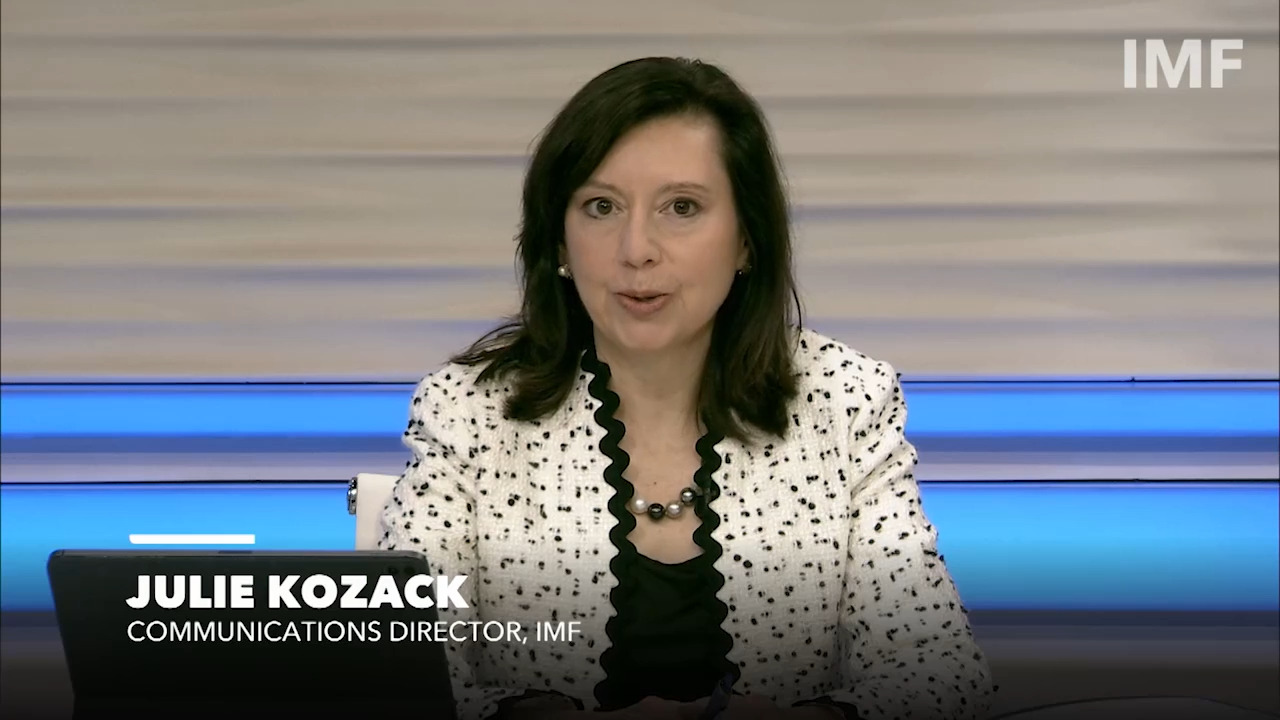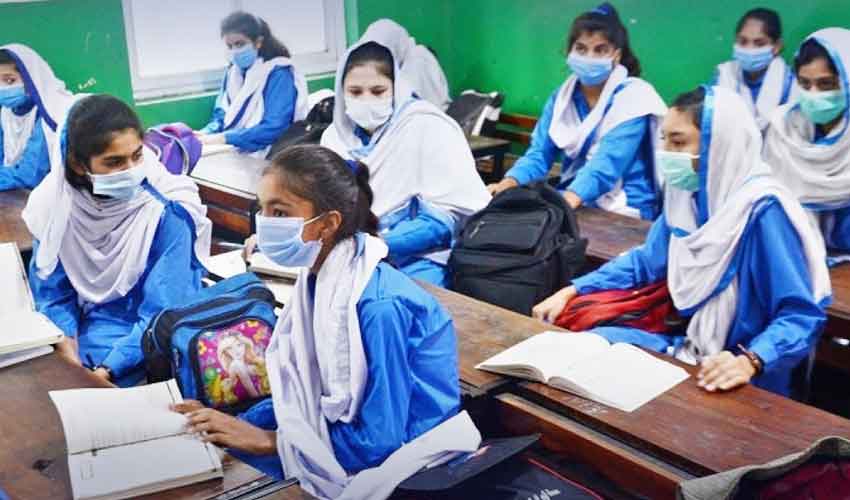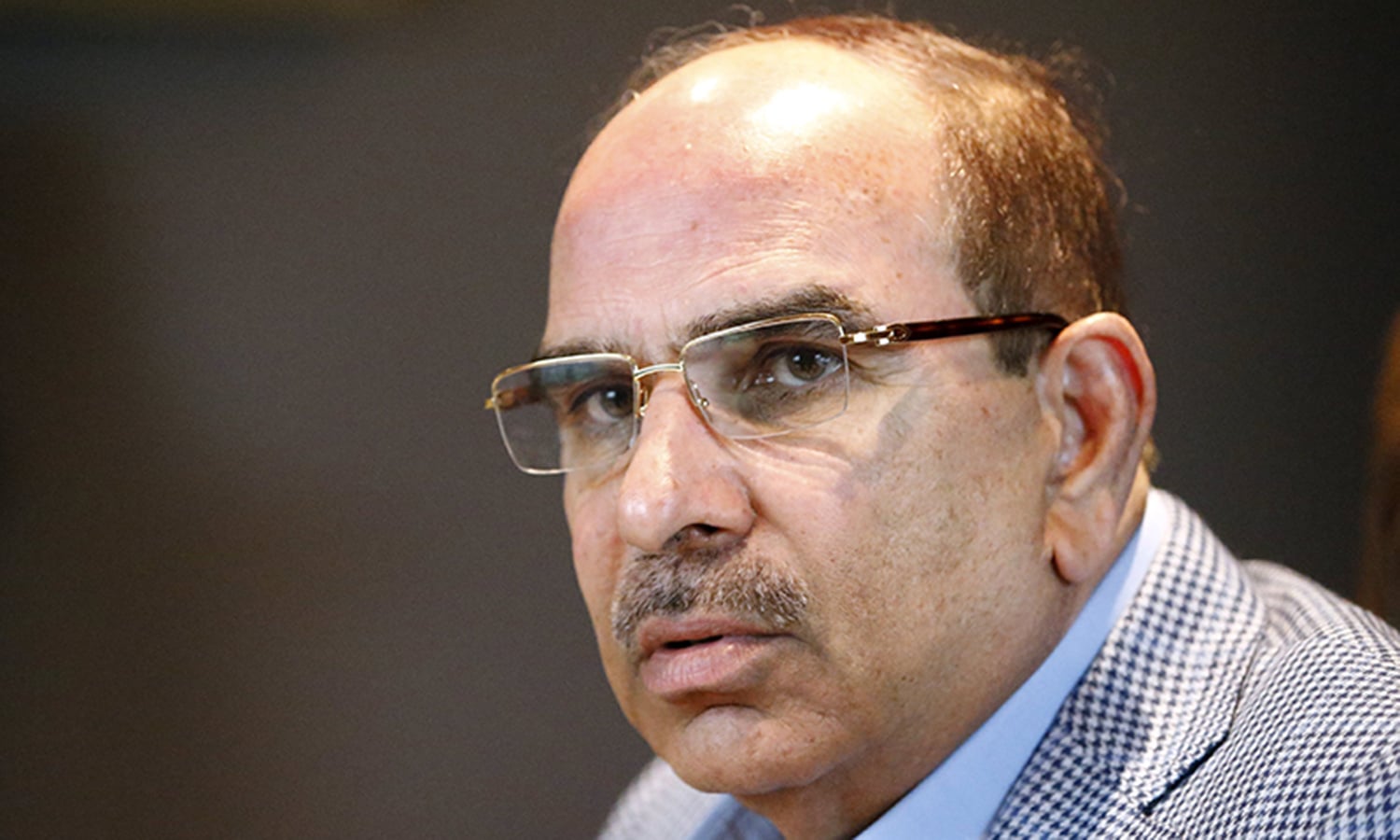The International Monetary Fund (IMF) acknowledged improvement in Pakistan's economy despite economic stability challenges facing high risks.
“Inflation is gradually coming down in Pakistan. Moderate growth has returned with economic stabilization. Pakistan's economic outlook faces several challenges’ the IMF country report said.
The country report was released when the advance and technical team of IMF reached Pakistan ahead of the delegation to arrive on May 16.
The country report stated that policy reforms must continue for strong and sustainable economic growth but insisted on strict implementation of fiscal targets and emphasized on protection of the poor, structural reforms.
A market-based exchange rate policy should be maintained while completion of the last economic assessment is a manifestation of the strong policy efforts of the Pakistani authorities.
IMF report maintained that signs of Pakistan's economic stability are strong and this year Pakistan's economic growth is likely to be 2 percent while the growth rate will increase to 3.5 percent in the next financial year.
The average inflation this year will be 24.8%, and next year it will come to 12.7% while unemployment at 8 percent this year and likely to fall to 7.5 percent.
Fiscal deficit is 7.5 percent this year and likely to be 7.4 percent of GDP next year.
This year, the current account deficit will be limited to minus 0.8 percent of GDP while the current account deficit will be negative 1.2 percent next year.
The Executive Board of the International Monetary Fund (IMF) completed the second and final review of Pakistan’s economic reform program supported by the IMF’s Stand-By Arrangement (SBA).
The Board’s decision allows for an immediate disbursement of SDR 828 million (around $1.1 billion), bringing total disbursements under the arrangement to SDR 2.250 billion (about $3 billion). Pakistan’s 9-month SBA, approved by the Executive Board on July 12, 2023, successfully provided a policy anchor to address domestic and external imbalances as well as a framework for financial support from multilateral and bilateral partners.
The program focused on necessary fiscal adjustment and maintenance of debt sustainability via FY24 budget implementation; protection of critical social spending; buffering external shocks and eliminating FX shortages by returning to proper FX market functioning; making progress on disinflation by maintaining a tight monetary policy; and furthering progress on structural reforms, focused on energy sector viability, SOE governance, and climate resilience.
Macroeconomic conditions have improved over the course of the program. Growth of 2 percent is expected in FY24 given continued recovery in the second half of the fiscal year.
The fiscal position continues to strengthen with a primary surplus of 1.8 percent of GDP achieved in the first half of fiscal year 2024, well ahead of projections and putting Pakistan on track to achieve its endFY24 target primary surplus of 0.4 percent of GDP.
Inflation, while still elevated, continues to decline, and, with appropriately tight, data-driven monetary policy maintained, is expected to reach around 20 percent by end-June.
Assuming ongoing sound policies and reform efforts, inflation should return to the SBP’s target with growth continuing to strengthen over the medium term. Gross reserves have increased to around $8 billion, up from $4.5 billion at the start of the program, and are projected to continue being rebuilt over the medium term.
Following the Executive Board discussion, Antoinette Sayeh, Deputy Managing Director and Chair, made the following statement: “Pakistan’s determined policy efforts under the 2023 Stand-By Arrangement (SBA) have brought progress in restoring economic stability. Moderate growth has returned; external pressures have eased; and while still elevated, inflation has begun to decline. Given the significant challenges ahead, Pakistan should capitalize on this hard-won stability, persevering—beyond the current arrangement—with sound macroeconomic policies and structural reforms to create stronger, inclusive, and sustainable growth. Continued external support will also be critical.
“The authorities’ revenue performance, as well as federal spending restraint, helped achieve a sizeable primary surplus in the first half of FY2024, in line with program targets. Continued revenue mobilization efforts and spending discipline at both federal and provincial levels remain critical to ensure that the primary surplus target is achieved. Beyond FY2024, continued fiscal sustainability and additional space for social and development spending depend on further mobilizing revenues, especially from non-filers and undertaxed sectors, and on improving public financial management.
“The authorities have stabilized the energy sector’s circular debt over the course of the SBA through timely tariff adjustments and enhanced collection efforts. While these actions need to continue, it is also critical that the authorities undertake cost-side reforms to address the sector’s underlying issues and viability.
“The State Bank of Pakistan’s tight monetary policy stance remains appropriate until inflation returns to more moderate levels. Further improvements in the functioning of the foreign exchange (FX) market, together with a market-determined exchange rate, will help buffer external shocks and attract financing, thereby supporting competitiveness and growth.
The significant rebuilding of FX reserves under the SBA needs to continue.
Moreover, stronger action to address undercapitalized financial institutions and, more broadly, vigilance over the financial sector are needed to ensure financial stability.
“Achieving strong, long-term inclusive growth and creating jobs require accelerating structural reforms and continued protection of the most vulnerable through an adequately-financed Benazir Income Support Program. Priorities include advancing the reform of state-owned enterprises (SOEs), including to ensure that all SOEs fall under the new policy framework; strengthening governance and anti-corruption institutions; and continuing to build climate resilience.



























